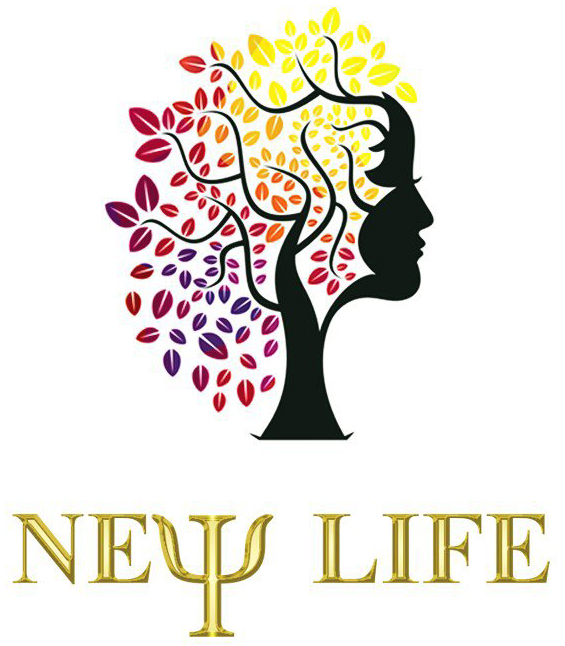1. Introduction: The Intersection of Animal Biology and Human Entertainment
Animals have long fascinated humans, not only for their biological complexity but also for their role in cultural and entertainment contexts. Among these creatures, the rooster stands out due to its distinctive comb, a fleshy crest on the head that plays vital biological roles and also captures human interest as a symbol of vitality and status. Modern entertainment—particularly game design—often draws inspiration from these biological features to create engaging, realistic virtual worlds. This article explores how the biological significance of roosters’ combs informs game development and enhances player engagement, illustrating this connection through examples like the popular game the chicken road sequel is proper addictive.
2. The Biological Foundations of Roosters’ Combs
a. Anatomy and Physiology of the Comb
The comb is a vascularized, fleshy crest situated atop a rooster’s head, composed primarily of soft tissue with a rich blood supply. Its structure varies among breeds, from simple single combs to more elaborate pea or rose types. The comb’s blood vessels allow it to serve as a thermoregulatory organ, helping to dissipate heat, especially in warmer climates.
b. Functions: Thermoregulation, Social Signaling, and Health Indicators
Beyond temperature regulation, the comb functions as a social signal—its size, shape, and coloration communicate health and vitality to other chickens. A bright red, well-formed comb is often a sign of good health, while dull or shriveled combs may indicate illness or nutritional deficiencies. These visual cues are crucial in natural selection and mate choice.
c. Evolutionary Advantages and Sexual Selection
From an evolutionary perspective, the comb serves as a secondary sexual characteristic. Males with larger, more colorful combs tend to dominate social hierarchies and attract mates, a phenomenon supported by numerous studies (e.g., Zuk & Johnsen, 2000). This sexual selection reinforces the prominence of comb features in both natural populations and cultural symbolism.
3. Visual and Behavioral Significance of Combs in Roosters
a. How Comb Size and Color Influence Social Hierarchy
Research shows that roosters with larger and more vividly colored combs are typically higher in the pecking order. This visual dominance influences other males’ behavior and reduces physical conflicts, as the comb acts as a display of strength and health.
b. Non-verbal Communication Cues in Rooster Interactions
Roosters communicate dominance, submission, and readiness to mate through subtle movements and changes in comb posture and color intensity. For example, a flared comb combined with upright stance signals aggression or dominance, while a lowered comb indicates submission.
c. Correlation Between Comb Health and Overall Vitality
Studies, such as those by Fairbairn et al. (2000), demonstrate a strong correlation between the vibrancy of the comb and overall health, including immune competence. Thus, visual cues like comb appearance serve as honest signals in social and reproductive contexts.
4. The Science of Engagement: Why Humans Are Drawn to Animal Features
a. Innate Human Interest in Animal Displays and Signals
Humans have an evolutionary predisposition to notice and interpret animal displays, which historically helped in survival and social bonding. Bright colors, size, and movement—elements exemplified by a rooster’s comb—trigger innate curiosity and recognition patterns.
b. The Role of Pattern Recognition and Evolutionary Psychology
Evolutionary psychology suggests that humans are naturally attracted to signals indicating health and vitality, as these traits historically increased reproductive success. Video games leverage this tendency by incorporating animal features that evoke recognition and emotional responses.
c. How Understanding Animal Signals Enhances Game Design and Player Interaction
In game development, realistic animal features and behaviors enhance immersion. Developers studying animal signals can craft characters that communicate effectively through visual cues, fostering deeper emotional engagement. For example, a game character modeled after a rooster with a vibrant, animated comb can symbolize strength or leadership, resonating with players’ innate understanding of such signals.
5. Bridging Biology and Gaming: From Real Roosters to Virtual Characters
a. How Game Developers Incorporate Biological Realism in Character Design
Successful games often incorporate accurate biological features to enhance authenticity. Developers analyze real animal anatomy and behavior to create characters that resonate with players’ intuitive understanding—this enhances realism and engagement.
b. Case Study: Chicken Road 2 as an Example of Biological Inspiration in Gameplay
In the chicken road sequel is proper addictive, designers draw on real-life rooster features—like comb size and movement—to create characters that are both fun and biologically plausible. This approach not only entertains but also subtly educates players about animal signaling.
c. The Educational Value of Realistic Animal Features in Gaming Environments
Educational games that incorporate authentic biological traits foster curiosity and learning. By observing virtual animals with accurate features, players develop a better understanding of biology and animal behavior, making gaming a powerful tool for informal education.
6. The Psychology of Game Engagement through Animal Features
a. The Impact of Visual Cues Like Comb Color and Size on Player Motivation
Bright, prominent visual cues like a rooster’s comb color can influence players’ perceptions of character strength or importance. Research indicates that such cues can trigger emotional responses, motivating players to explore and interact more deeply with game elements.
b. Use of Animal-Based Themes to Evoke Curiosity and Emotional Connection
Themes centered around animals, especially those with distinctive features like combs, tap into innate curiosity. This emotional connection encourages prolonged engagement, as players become invested in understanding or nurturing these characters.
c. Enhancing Game Mechanics with Biological Authenticity for Deeper Immersion
Incorporating realistic signals—such as comb health reflecting character vitality—can make game mechanics more intuitive. For instance, a virtual rooster’s comb changing color based on in-game health status adds an authentic layer of feedback, enriching immersion.
7. Non-Obvious Perspectives: Cultural and Historical Contexts
a. The Symbolism of Roosters and Combs in Different Cultures
Across cultures, roosters symbolize dawn, vigilance, and masculinity. In Chinese tradition, the rooster’s comb signifies courage and prosperity, while in Western folklore, it is associated with wakefulness and alertness. Recognizing these layers enriches game narratives that draw on cultural symbolism.
b. Historical Anecdotes: The Nickname “Sin City” and Cultural Perceptions of Risk and Excitement
Historically, roosters were involved in cockfighting—a culturally complex activity linked with notions of risk, bravery, and adrenaline. Such perceptions influence how game themes are designed to evoke excitement and challenge players’ perceptions of danger or competition.
c. How Cultural Narratives Influence Game Themes and Player Expectations
Cultural stories about animals inform game storytelling, shaping player expectations and emotional responses. Incorporating these narratives can deepen engagement and create more meaningful gaming experiences.
8. The Role of Subcultures and Online Communities in Shaping Animal-Related Content
a. The Influence of Communities Like r/WhyDidTheChickenCross on Understanding Animal Behavior and Humor
Online platforms such as r/WhyDidTheChickenCross foster curiosity and humor centered on animal behavior, promoting informal learning. These communities influence how content creators incorporate animal traits into games, blending education with entertainment.
b. How Online Engagement Reflects and Amplifies Interest in Animal Biology and Gaming
User-generated memes, stories, and discussions amplify awareness of animal signaling, encouraging developers to include authentic features in their designs to meet community expectations.
c. Implications for Educational Outreach and Game Development
Engaging online communities can serve as both feedback sources and educational partners, promoting scientifically accurate and culturally resonant game content.
9. Future Directions: Integrating Biological Science into Interactive Entertainment
a. Emerging Technologies for Realistic Animal Behavior Simulation in Games
Advancements in AI and motion capture now enable developers to simulate complex animal behaviors accurately, making virtual characters more lifelike and educational.
b. Potential for Educational Games Combining Biology and Entertainment, Exemplified by Chicken Road 2
Games like the chicken road sequel is proper addictive demonstrate how biological features can be integrated into engaging gameplay, fostering learning through fun experiences.
c. Promoting Scientific Literacy Through Gamified Learning Experiences
Future educational tools will increasingly incorporate realistic animal signals, making science accessible and entertaining, thus encouraging lifelong curiosity and understanding of biology.
10. Conclusion: Synthesizing Biological Insights and Game Engagement Strategies
Understanding the biological features of animals like roosters’ combs offers valuable insights into social signaling, health indicators, and evolutionary strategies. When these features are thoughtfully integrated into game design, they enhance player engagement, deepen emotional connections, and foster informal learning. The interdisciplinary approach—merging biology with entertainment—paves the way for innovative, educational, and captivating experiences. As technology advances, the potential to create highly realistic, biologically inspired virtual worlds grows, promising a future where science and gaming continually enrich each other.



